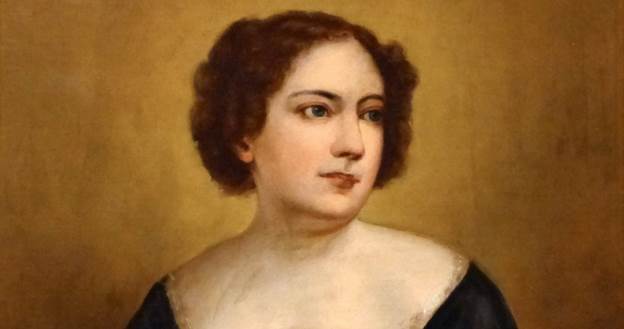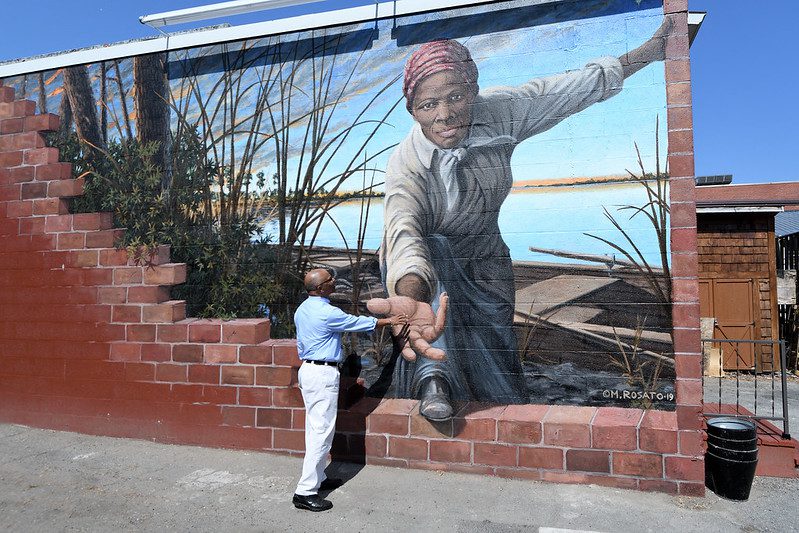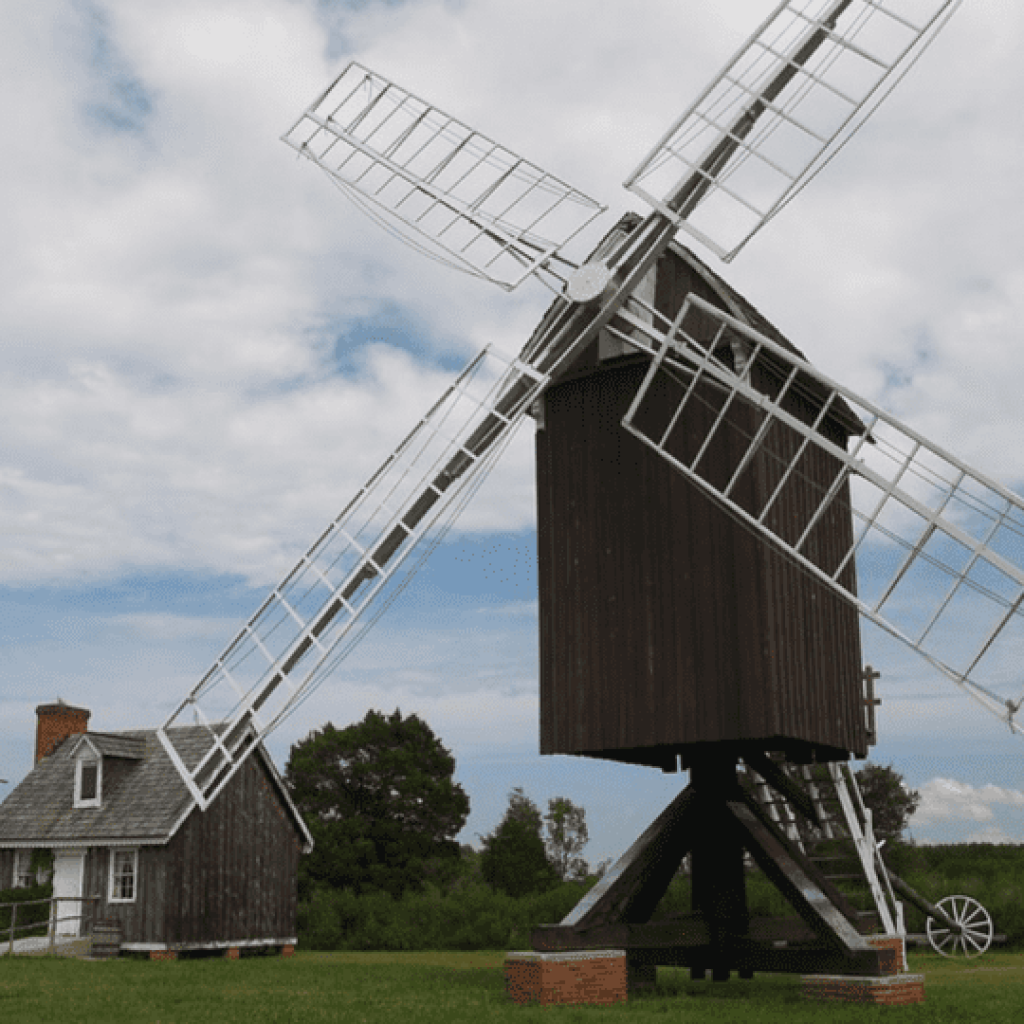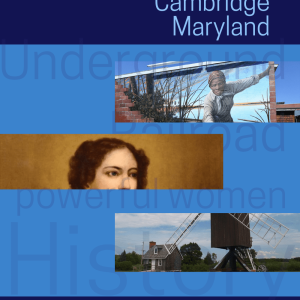
Anna Carroll

Scome call her “The Woman Who Saved the Union,” others call her “a self-promoter,” while most people say “Anna who??” Either way, there is no denying this woman was ahead of her time. Born in 1815 to a wealthy family in Maryland, she went on to become a political advisor to the Union during the Civil War. Her father was the governor of Maryland, a wealthy tobacco plantation owner, and slave owner. Anna grew up surrounded by discussions of law and politics. Her father educated her and taught her law, and she became more and more politically active. As a woman she was not able to live a life of political ambition, but she was able to use her intellect and well-regarded writing abilities to further her political causes. She was a prodigious and well regarded writer and publisher of political pamphlets. She worked with three different presidents – Zachary Taylor, Millard Fillmore, and Abraham Lincoln.During this chaotic time around 1860, with states threatening secession, Maryland could have gone either way – Union or Confederate. She understood the dangers of Maryland joining the rebels which could leave Washington, D.C. open to a coup d’etat. She became adept at writing war pamphlets that warned of the dangers and many feel she helped sway the political tide in Maryland. She went on advising in further aspects of the war, earning her the right to a war pension at the conclusion of the war normally due the rank of Major General. During the war, she became an advisor to the Lincoln cabinet – even if not someone who actually sat at the table.

The famous 1864 painting of Abraham Lincoln and his cabinet signing the Emancipation Proclamation includes an empty chair at the table. It is believed that the empty chair represents the unrecognized member of the cabinet – Anna Carroll. It was a difficult time for a woman to be politically astute, well-educated, and unable to even vote. She did the best she could during her lifetime, working behind the scenes and trying not to keep a low-profile. It is unfortunate that a woman who had to fight to be heard is dubbed a self-promoter, as that is standard practice for most anyone in politics. This mighty woman helped save the Union in more ways than one – including perhaps changing the perception of women’s intellect as being inferior. People did listen to her. She did make a difference. Her name should be better known. Learn more about Anna Carroll and her story on the Maryland State Archives website, or discover more at the Dorchester County Historical Museum in Cambridge, Maryland on the shores of the Chesapeake Bay.
Harriet Tubman Museum
424 Race Street, Cambridge

The most famous “conductor” on the Underground Railroad, Harriet Tubman was born and lived her first 27 years in Dorchester County, Maryland. After she escaped slavery, she returned to the area, risking her life again and again, to lead dozens of friends and family out of slavery to freedom. The county is now home to several opportunities to learn more about this remarkable woman. The Tubman Byway is a self-guided driving tour that takes you to many important stages in her life, including the area where she grew up, various stops along the Underground Railway, the Harriet Tubman mural, the Memorial Garden, historic churches, stores, and landscapes, and the Visitor’s center. If you can’t do the drive, a visit to the Harriet Tubman Museum in downtown Cambridge will give you much information to think and ponder.
“I had reasoned this out in my mind,
there was one of two things I had a right to, liberty or death;
if I could not have one, I would have the other.”
Harriet Tubman
Although she escaped herself, she chose to return nineteen times to rescue over 300 slaves. Courageously moving from station to station along the Underground Railroad, enduring long periods of hardship and facing much danger, this great humanitarian never lost a passenger. In 1857, Harriet led her parents to Auburn, New York where they spent their remaining years in freedom. She rescued all of her family members except one sister who died shortly before she could be rescued. During the Civil War, Harriet served as scout and nurse for the Union Army. She helped free more than 750 slaves during one mission. After the war, she returned to Auburn, New York where she established The Harriet Tubman Home for the Elderly and Indigent Negroes.
Spocott Windmill Village
Route 343, Between Richardson Rd and Castle Haven Rd, Cambridge

Located on the edge of town, one little windmill has a big story to tell. It has seen a lot over the centuries. Built by a master shipbuilder, the windmill served as a grist mill for grinding grain, back in the days when “green” energy was the norm. Still working today, but only occasionally for more ceremonial purposes, it stands as a testament of simpler times gone by. The original structure blew down in a blizzard of 1888 and was rebuilt in the 1970s using as much original workings as possible. Also on the site you’ll find an old Victorian schoolhouse, a country store and museum, and a cottage that dates to 1800. All are free to visit on a self-guided tour. Although not a big “wow” museum and so not on the radar of many tourist brochures, the little village is a step back in time and a chance to see old Maryland and imagine all the changes this one windmill has seen.
Visit Cambridge, Maryland on the following cruises:
American Revolution Cruise
Roundtrip Washington, D.C.
- 10 Nights
- October 31, 2024,November 10, 2024,November 12, 2024--
4 more dates available. - From $6,910
- American Constitution



